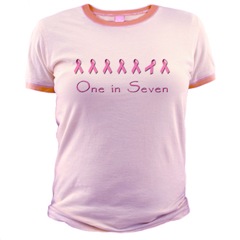New Anti-cancer Agent Can Overcome Resistance To Drugs, Says Study

A new anti-cancer agent that targets breast cancer can overcome resistance to cancer drugs, according to a new study. (Credit: iStockphoto)
Click on the images to enlarge and to read more about Treatment.
You can also see pictures of breast reconstruction in that section.
| Lumpectomy |
| Skin–Sparing Mastectomy | Modified Radical Mastectomy | ||
| Total (Simple) Mastectomy | Radical Mastectomy |
| Estrogen Receptors | Tamoxifen Blocking Estrogen Receptors | Biopsy: Margins of Resection | Port for Chemotherapy |
| Front view | Side view | Cross–sectional view |
| Step 1 | Step 2 | Step 3 |
This year in America, more than 211,000 women will be diagnosed with breast cancer and 43,300 die. One woman in seven either has or will develop breast cancer in her lifetime. In addition, 1,600 men will be diagnosed with breast cancer and 400 will die this year. If detected early, the five-year survival rate exceeds 95%. Mammograms are among the best early detection methods, yet 13 million U.S. women 40 years of age or older have never had a mammogram. Support Breast Awareness.

Results of a study reported at this year’s meeting of the American Academy of Dermatology showed that nail salons don’t adequately disinfect instruments used for manicures and pedicures. This is a poorly regulated industry. Only West Virginia and Alabama require salons to use hospital-grade disinfectant on instruments for at least 15 minutes, and Connecticut doesn’t regulate salons at all. Other states are somewhere in between.